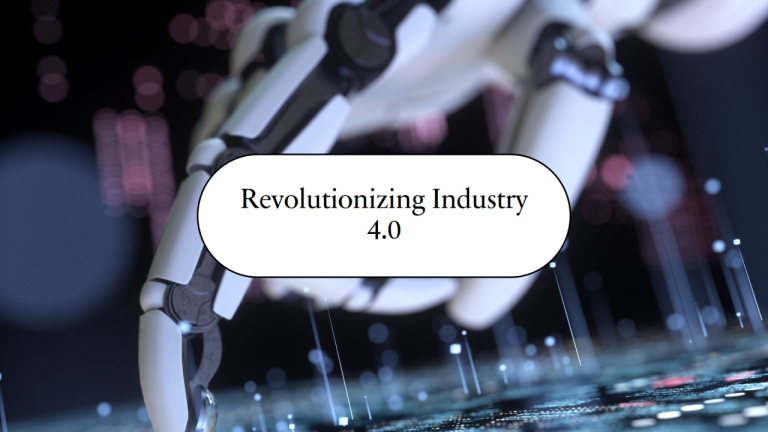Mining is a vital industry that drives the global economy, providing essential raw materials for various sectors such as construction, technology, energy, and manufacturing. However, mining operations are often carried out in harsh, demanding environments where machinery is subjected to extreme conditions. The proper maintenance and repair of mining equipment are critical to ensuring the efficiency, safety, and longevity of these machines, as well as minimizing downtime and costly repairs.
In this article, we will explore the importance of maintenance and repair in the mining sector, the challenges involved, and best practices for keeping mining equipment in top working condition.
The Importance of Maintenance and Repair in Mining
Mining operations rely on a wide variety of machinery, including excavators, haul trucks, crushers, drilling rigs, and conveyor belts. These machines are subjected to intense workloads, operating under extreme conditions such as heavy loads, high temperatures, and abrasive materials. As such, equipment failure can lead to significant production delays, safety hazards, and high repair costs.
The main goals of maintenance and repair in mining are to:
- Maximize Equipment Availability: Mining operations depend on machinery running smoothly to avoid costly delays. Regular maintenance ensures equipment is available and reliable, minimizing unplanned downtime.
- Enhance Safety: Mining machinery operates in dangerous environments where malfunctioning equipment can result in accidents, injuries, or fatalities. Maintenance helps identify and address safety hazards before they lead to incidents.
- Improve Operational Efficiency: Well-maintained equipment operates more efficiently, improving productivity and reducing energy consumption.
- Extend Equipment Lifespan: Regular maintenance helps extend the operational life of mining equipment, protecting investments and reducing the need for costly replacements.
- Reduce Repair Costs: Proactive maintenance allows mining companies to address issues before they escalate into major repairs, saving on emergency repair costs and downtime.
Types of Maintenance Strategies in Mining
Effective maintenance strategies are essential for ensuring the optimal performance of mining equipment. The two main types of maintenance in the mining industry are preventive maintenance and predictive maintenance, though other approaches such as corrective maintenance also play a role.
1. Preventive Maintenance (PM)
Preventive maintenance involves scheduled inspections, servicing, and replacements of equipment components to prevent failures before they occur. This type of maintenance is typically based on manufacturer recommendations or industry best practices. For example, oil changes, filter replacements, and lubrication tasks are part of routine preventive maintenance procedures.
The key advantage of preventive maintenance is that it helps identify potential problems early, reducing the likelihood of unexpected breakdowns and the need for emergency repairs. It also helps maintain the equipment in optimal condition, extending its useful life.
2. Predictive Maintenance (PdM)
Predictive maintenance uses data analytics and real-time monitoring to predict equipment failures before they happen. By utilizing sensors, condition monitoring systems, and advanced technologies such as vibration analysis, thermography, and ultrasonic testing, mining operators can track the health of their equipment and identify early signs of wear or failure.
Predictive maintenance allows for more precise scheduling of maintenance tasks, minimizing unnecessary service and reducing unplanned downtime. It helps operators intervene before a failure occurs, avoiding costly repairs and operational disruptions.
3. Corrective Maintenance (CM)
Corrective maintenance involves repairing or replacing components that have already failed. While this approach can be reactive, it is still necessary for addressing unexpected breakdowns or issues that could not be predicted. Corrective maintenance can be costly due to unscheduled downtime and the potential for equipment damage.
Mining companies often combine corrective maintenance with preventive and predictive approaches to ensure that they are prepared for both planned and unplanned maintenance needs.
Common Challenges in Mining Equipment Maintenance
Maintaining mining equipment presents several challenges due to the demanding and often hazardous conditions in which the machines operate. These challenges include:
- Harsh Operating Environments: Mining equipment operates in extreme conditions, such as high dust levels, abrasive materials, fluctuating temperatures, and wet or muddy environments. These factors contribute to faster wear and tear on machinery, making regular maintenance essential.
- Heavy Loads and Continuous Operation: Mining equipment is designed to handle large volumes of material under significant stress. Haul trucks, excavators, and crushers, for example, often operate 24/7, which leads to a high rate of wear on critical components like tires, engines, and hydraulic systems.
- Remote Locations: Many mining operations are located in remote, hard-to-reach areas, making access to equipment and spare parts more challenging. Remote locations may also mean fewer on-site personnel, requiring companies to ensure they have the necessary expertise and tools available when maintenance is needed.
- Complexity of Equipment: Modern mining equipment is highly sophisticated, with multiple integrated systems that require specialized knowledge for maintenance and repair. Technicians must be trained to handle complex systems, such as hydraulic, electrical, and automated components, which require advanced diagnostics and repair skills.
- Cost of Spare Parts and Downtime: The cost of spare parts and downtime can be significant in mining operations. When equipment breaks down, it can lead to halted production and delays, which directly impacts profitability. Efficient maintenance practices help minimize these costs.
Best Practices for Mining Equipment Maintenance and Repair
To ensure the long-term success of mining operations, companies must implement effective maintenance practices that address the unique demands of the industry. Some best practices for equipment maintenance and repair include:
1. Implementing a Comprehensive Maintenance Plan
A comprehensive maintenance plan should be developed to outline preventive, predictive, and corrective maintenance schedules. The plan should include specific tasks for each piece of equipment, along with recommended intervals for inspections, lubrication, and parts replacement. By following a well-structured plan, mining companies can proactively address maintenance needs and reduce the risk of unexpected failures.
2. Regular Monitoring and Diagnostics
Leveraging real-time data from sensors and monitoring systems is crucial for maintaining mining equipment. Advanced diagnostic tools can detect issues early, such as unusual vibrations, temperature fluctuations, or performance declines. Implementing condition monitoring systems allows for more accurate predictions of when maintenance will be required, improving the timing of service tasks and reducing unnecessary downtime.
3. Training and Skill Development
Proper training and continuous skill development for maintenance personnel are essential. Mining equipment is becoming increasingly sophisticated, and workers need to be equipped with the knowledge and expertise to handle modern machines. Ongoing training ensures that maintenance teams are proficient in diagnostics, repair techniques, and safety protocols.
4. Stocking Spare Parts
Given the remote nature of many mining operations, it’s important to keep a well-organized inventory of critical spare parts on-site. This reduces downtime and ensures that repairs can be completed promptly without waiting for parts to be shipped. Regularly reviewing and updating the spare parts inventory is crucial to minimizing delays.
5. Focusing on Safety
Safety should always be a priority during maintenance activities. Maintenance teams should follow strict safety protocols, including lock-out/tag-out procedures and personal protective equipment (PPE). Additionally, maintenance tasks should be scheduled during times when machines are not in use, or workers should be stationed away from high-risk zones when performing repairs.
Conclusion
The maintenance and repair of mining equipment are critical to the success and sustainability of mining operations. By adopting preventive, predictive, and corrective maintenance strategies, mining companies can reduce downtime, extend the lifespan of their equipment, improve safety, and enhance overall productivity. While challenges such as harsh environments and remote locations exist, implementing best practices in maintenance and repair can ensure that mining operations remain efficient, cost-effective, and safe for years to come.


